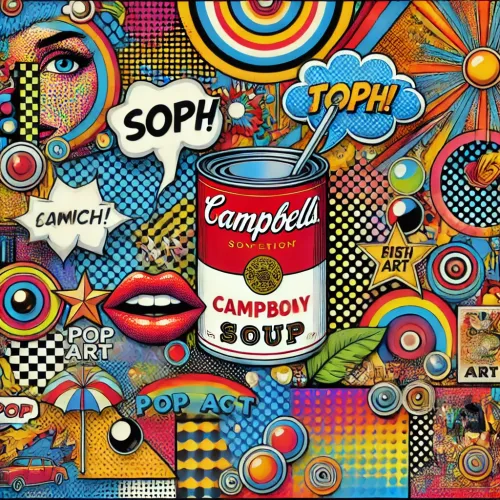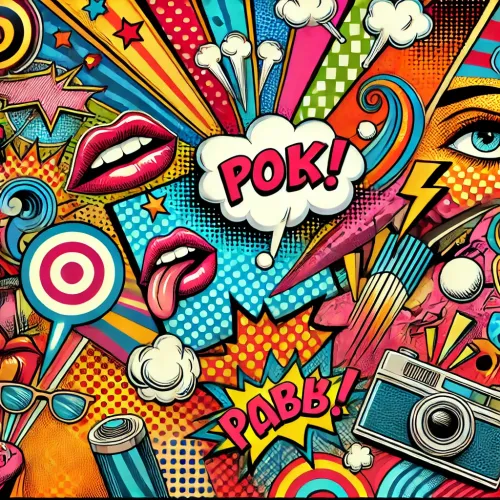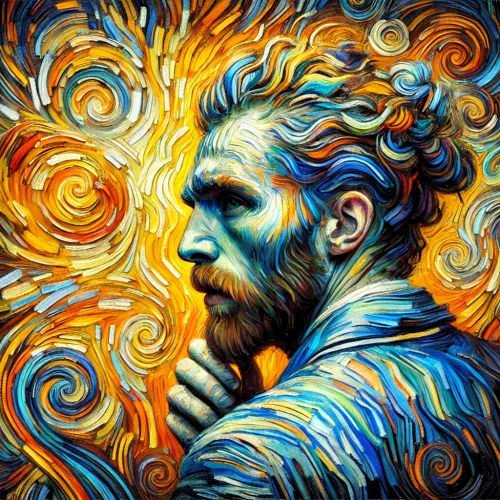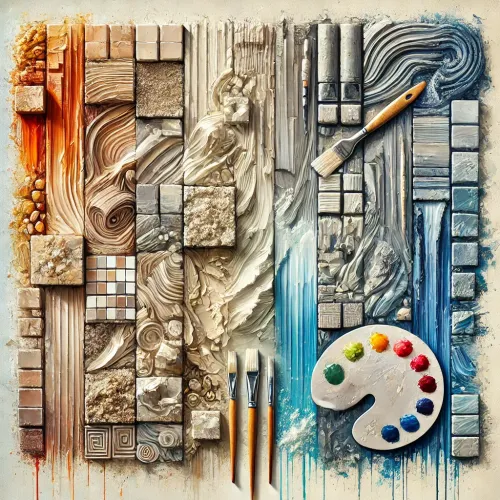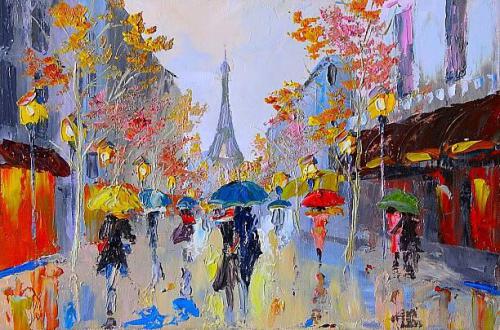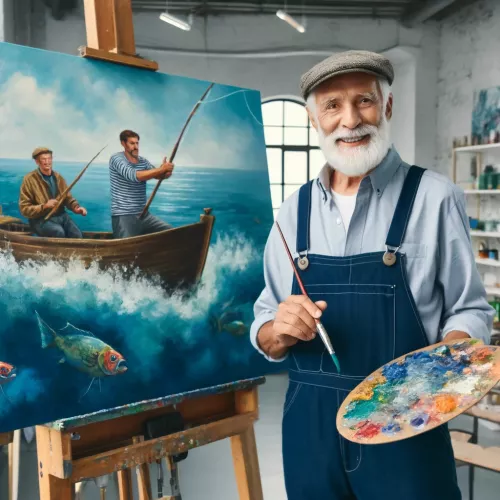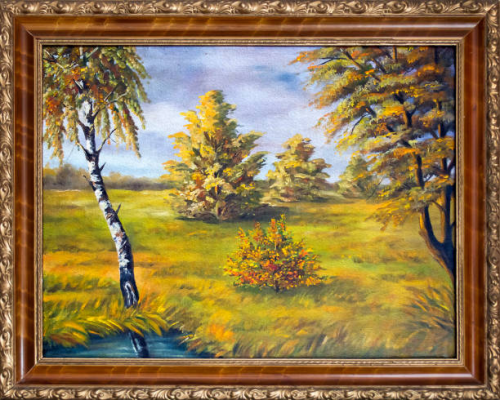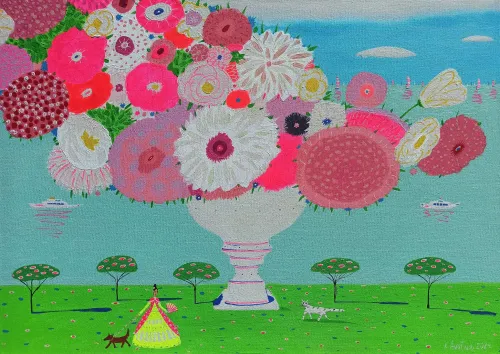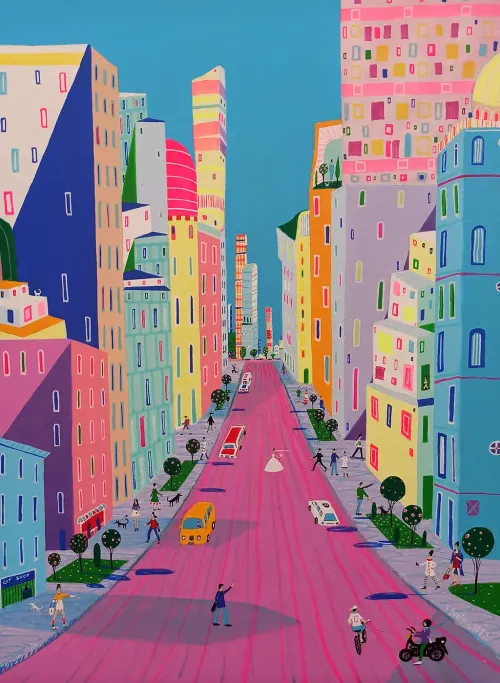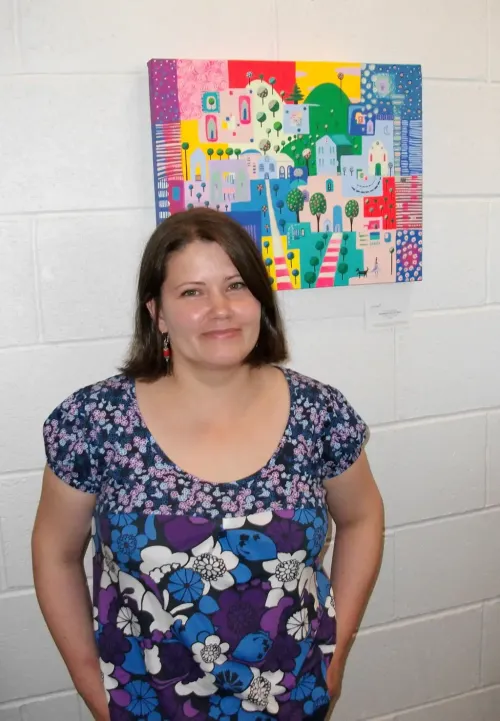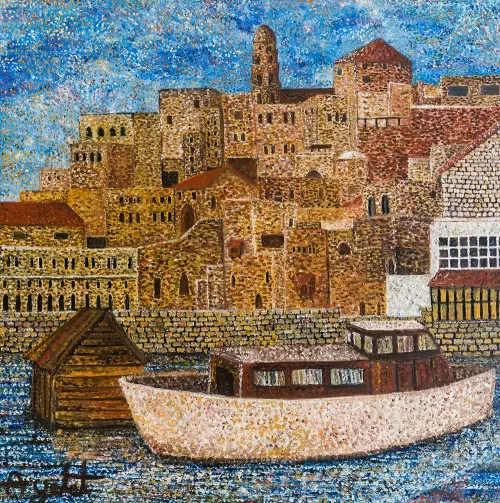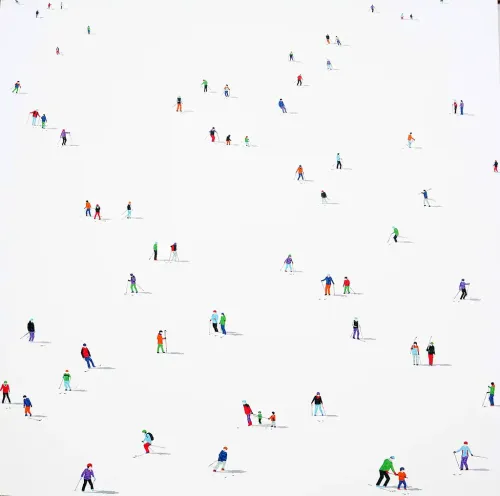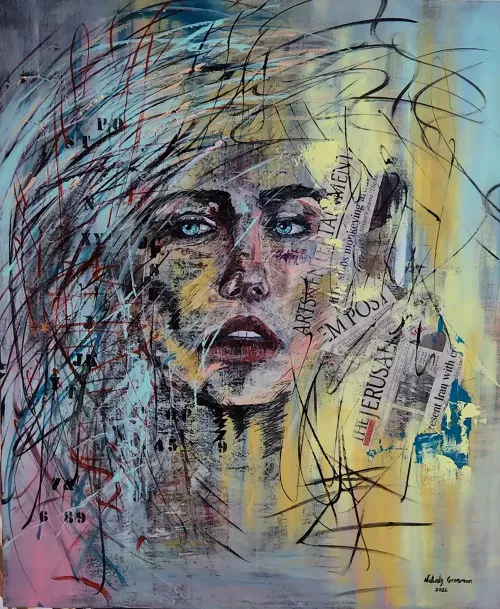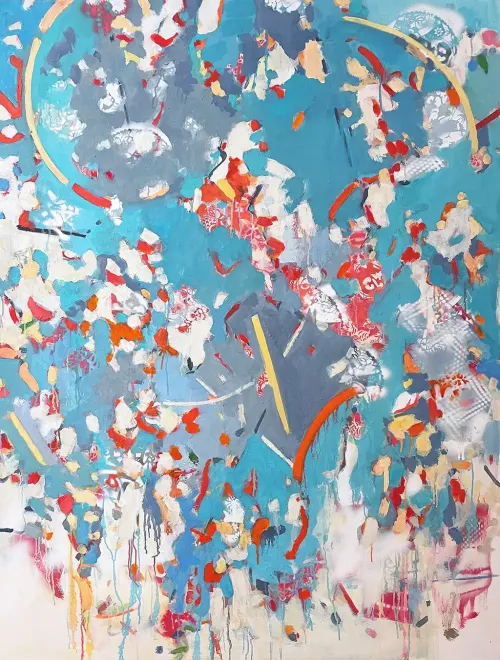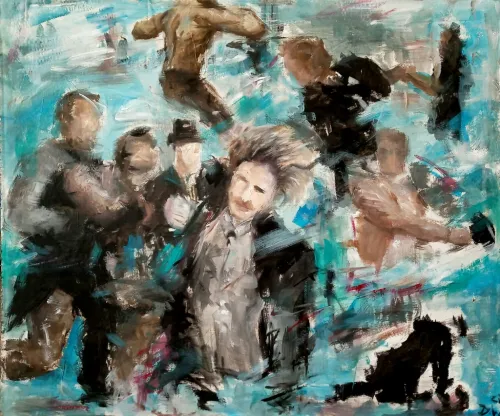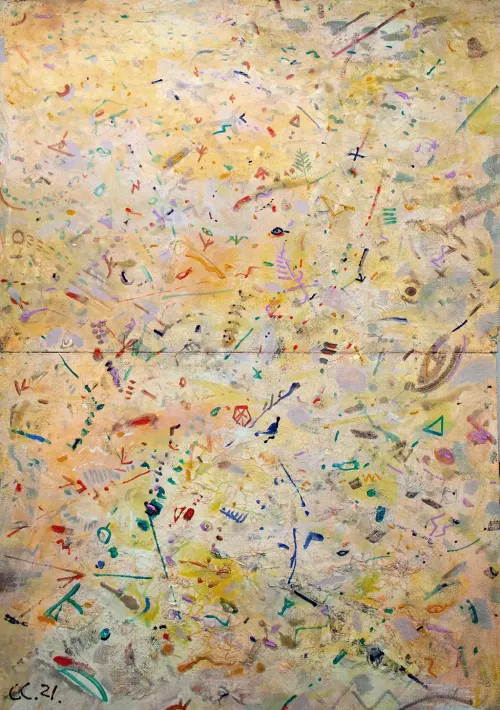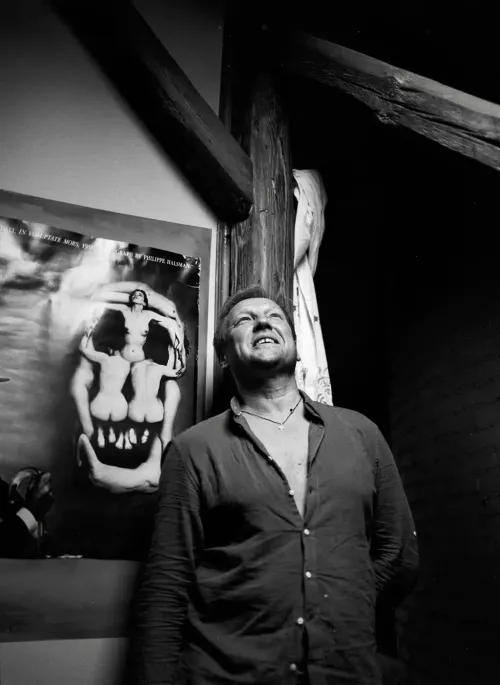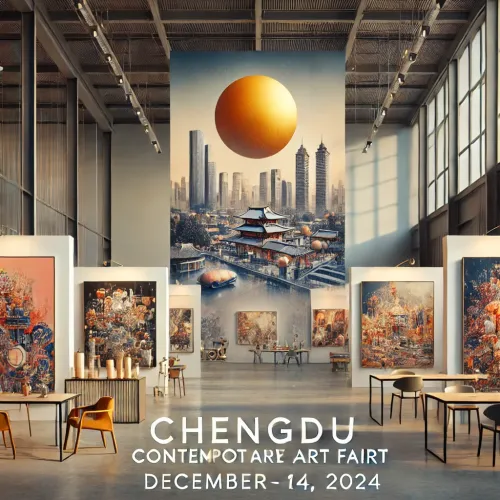Charting the Course from Realism Movement to Surrealism
From the Real to the Surreal: Tracing the Evolution of Art Movements from Realism to Surrealism
From the Real to the Surreal: Tracing the Evolution of Art Movements from Realism to Surrealism
The Roots of the Realism Movement
The Realism art movement arose in 19th century France as artists rebelled against the exaggerated emotionalism and perceived superficiality of Romanticism. Realists shifted focus to everyday subjects and aimed to represent them objectively without idealization.
Realism paintings depicted commonplace scenes of peasant and working-class life often ignored in fine art earlier, making the movement socially progressive. Realists relied on acute observation of contemporary reality and opted for sincerity over showmanship in reproducing details dispassionately without dramatization.
This mirrors society’s growing rational, scientific spirit steering towards modernization. The advent of photography also inspired candid snapshots of real life. Seeking truth over enchanting fancy thus laid the foundations for modern art.
Key Figures in Realism Art Style
Gustave Courbet: His monumental ordinary vistas like Stone Breakers rejected academic conventions.
Honore Daumier: His satirical prints criticized bourgeois urbanity from a working class perspective.
Jean-François Millet: Poignant rural tableaus like The Gleaners sparked social awareness.
Winslow Homer: Captured American country folkways through keen visual narratives.
Thomas Eakins: Studied anatomy and motion to create insightful portraits beyond the surface.
Henry Ossawa Tanner: An African-American pioneer sensitively tackling racial themes.
Ilia Repin: Deeply humane depictions of hardship and resilience marked his Russian peasant scenes.
George Clausen: One of Britain’s leading rural realists, compared to Van Gogh for his color harmonies.
Robert Henri: Led the urban Ashcan school known for gritty immediacy in early 1900s America.
Edward Hopper: Signature illumination and cropping spotlighted isolation of modern city life.
Transition to the Surreal: A Shift in Artistic Perspective
By the early 20th century, some avant-garde artists felt realism’s adherence to tangible reality was too limiting for subjectivity, dreams and abstraction were increasingly valued then. The seeds for escaping rational constraints towards self-expression lay in Symbolism’s metaphoric explorations of existential anxiety and psychoanalysis theories emerging in Freud’s era.
This modernist climate primed society for Surrealism’s radical shift towards mining fantastical visions, the unconscious, and imagined possibilities beyond material confines. With Freud’s insights suggesting an alternate dreamlike reality underlying mundane existence, Surrealism developed dedicated tools like automatism and free association to tap the elusive world of ideas, freedom, and fantasy potentiated by but suppressed in daily life.
Surrealism Drawings: A Dive into the Dreamlike
Surrealist visual art extensively features drawings and prints for their spontaneity. Masters like Dali created bizarre imaginative domains materializing seemingly impossible scenes through realistic representation - his melting clock series hallmarks Surrealism’s suspension of rational assumptions.
Surrealist drawings also utilize automatic techniques like:
Frottage: Rubbing textures onto paper unpredictably
Grattage: Scraping paint from canvas to achieve mysterious textures
Decalcomania: Manipulating paint smears pressed between two surfaces
This spontaneous image generation adds excitement and unpredictability. The exotic dreamscapes offer escape and meaning beyond mundane reality in an increasingly chaotic modern world.
The Lasting Impact of Both Movements on Modern Art
Despite contrasting approaches, Realism and Surrealism made equally valuable, radical contributions expanding conceptions of art with relevance sustaining centuries later. Realism’s devotion to authenticity and shedding romantic pretenses led the way for provocative contemporary hyperrealism and candid camera focus.
Surrealism’s championing of radical avant-garde imagination, portraying subjects' innermost musings and the allegorical over the obvious continues liberating artists bound only by creativity, not physical limitations. As art corresponds to social temperaments, both schools remain touchstones for mining inspiration applicable through renewed contexts and voices globally. Their diverging sensibilities enriched the collective visual vocabulary tremendously.





























































































































































































































































